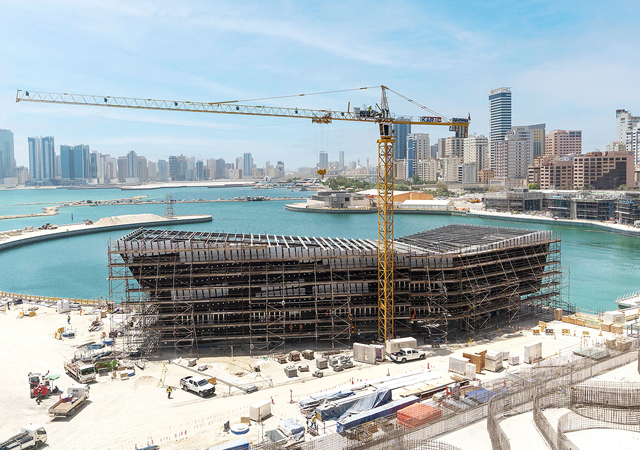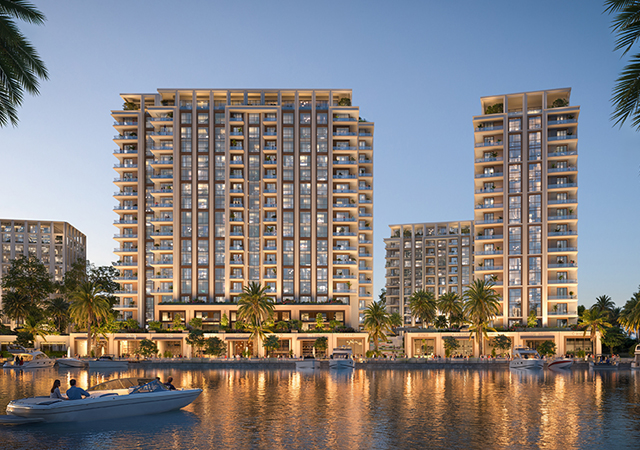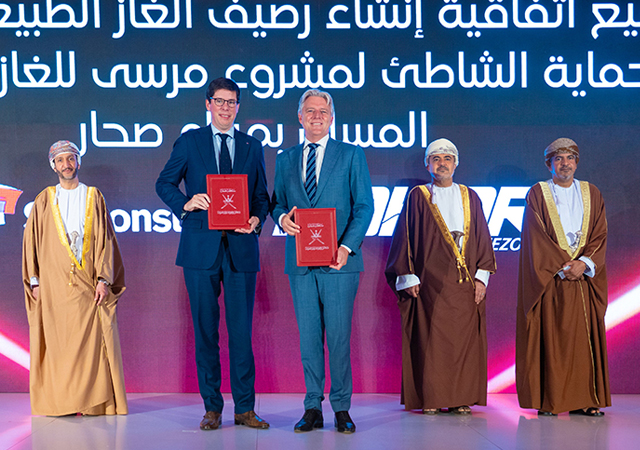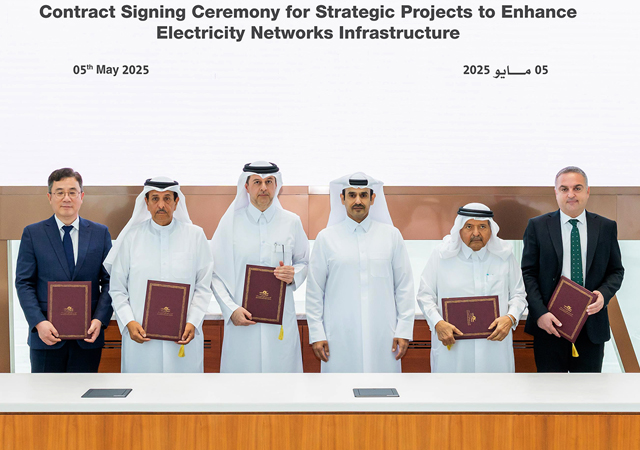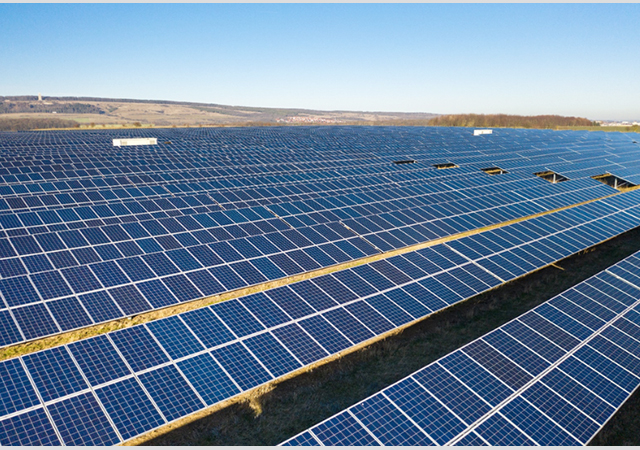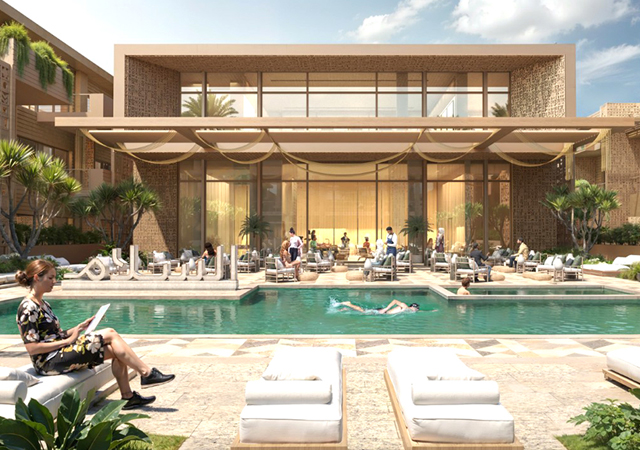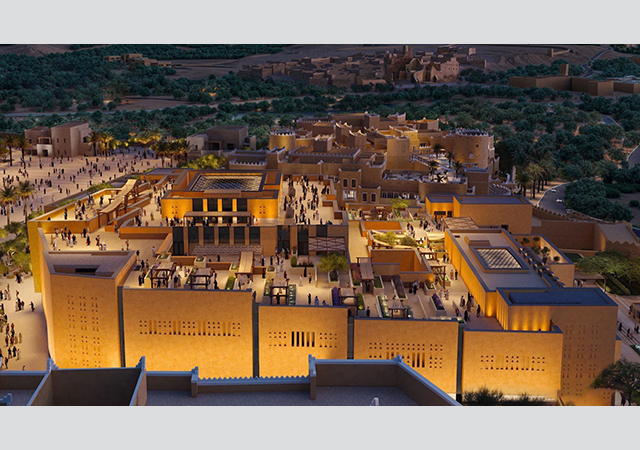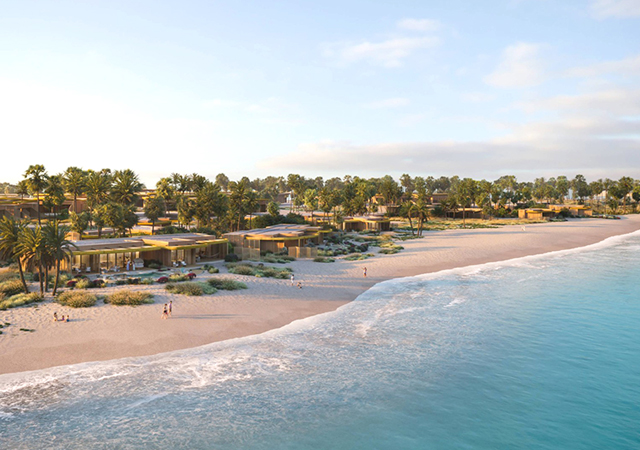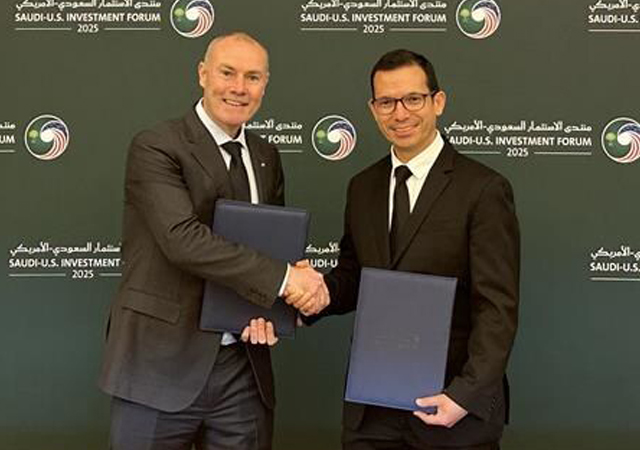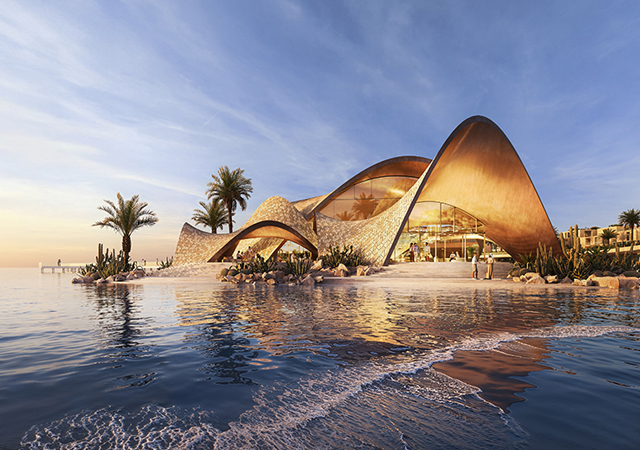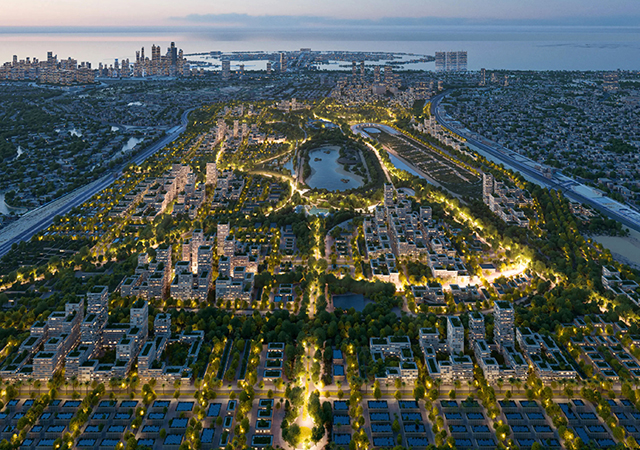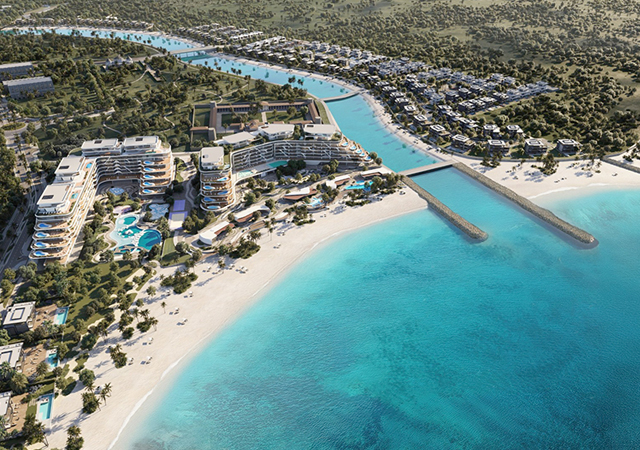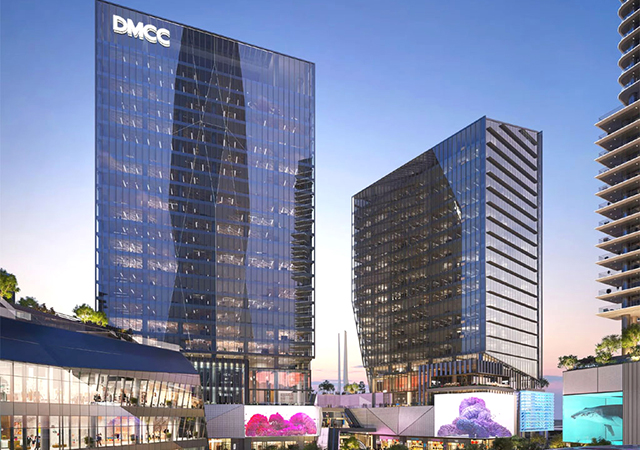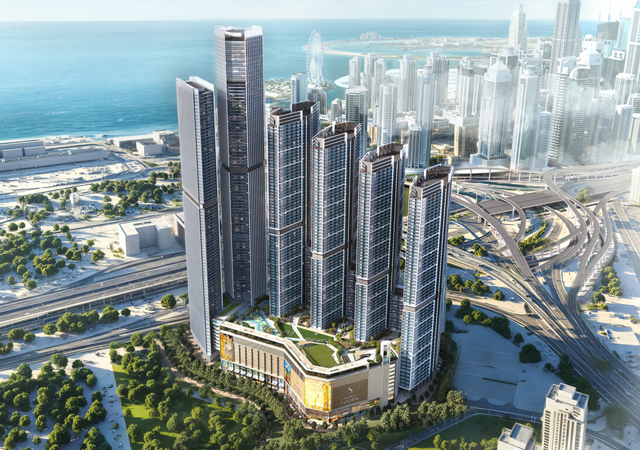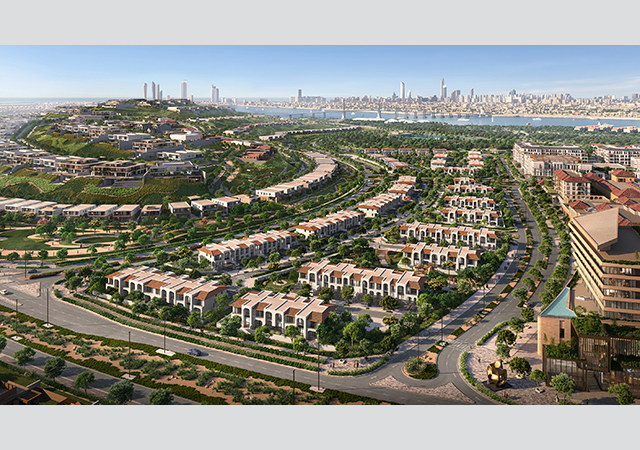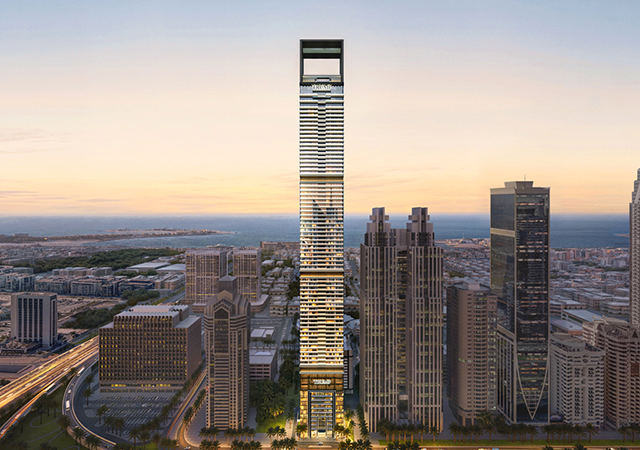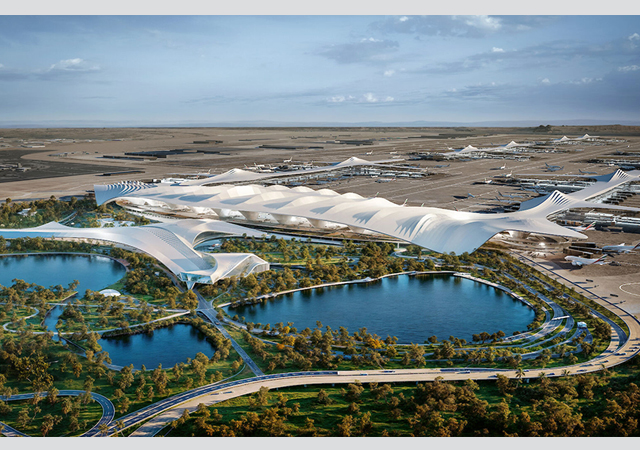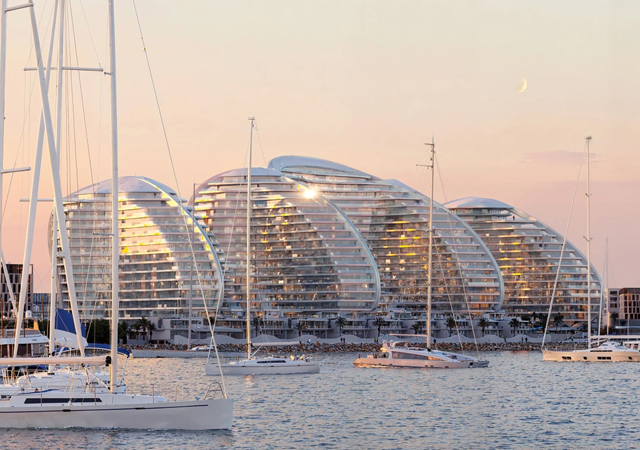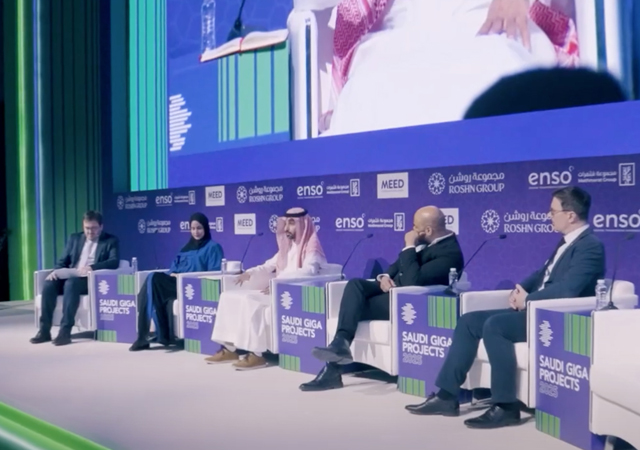
 Saadiyat Cultural District ... aerial view.
Saadiyat Cultural District ... aerial view.
HAVING invited prequalification bids last month for the main contract works on the Guggenheim Abu Dhabi, the emirate has reiterated its firm intent to proceed with the three iconic museums it has planned for Saadiyat island. This move follows the launch of construction works on the Louvre Abu Dhabi, and the invitation to contractors to prequalify for main construction works on the Zayed National Museum.
These projects, in fact, are part of an ambitious plan to transform the 27-sq-km Saadiyat island in phases into a premier destination by 2020, providing leisure and tourism facilities, as well as civic and cultural institutions to its estimated 160,000 residents.
Spearheading its development is the Tourism Development and Investment Company (TDIC), master developer of major tourism, cultural and residential destinations in Abu Dhabi, which is also responsible for the development of the Desert Islands that comprise seven natural islands including the 87-sq-km Sir Bani Yas Island.
Other island projects such as Yas Island, with its new developments such as Yas Waterpark that opened early this year and Yas Mall – expected to be the second largest mall in the UAE after Dubai Mall when it opens in March next year – have dominated headlines as has the Al Maryah Island, home to Abu Dhabi’s new commercial business district, and the ongoing Reem Island development.
Also jostling for attention have been the massive social housing schemes launched by Abu Dhabi in line with the UAE President HH Sheikh Khalifa bin Zayed Al Nahyan’s vision to provide housing options for every Emirati family. These include the $2.06-billion North Wathba Urban Development, which will eventually house a community of 130,000 people, the Dh1.24-billion ($337 million) Ghayathi Housing project in the Western Region of Abu Dhabi, the $1.4-billion Jebel Hafeet Emirati Housing, Al Fatah, and Al Watani.
In tandem, the emirate is developing its air, land and sea transportation infrastructure, with key projects being the showpiece Midfield Terminal Complex that forms part of the expansion of Abu Dhabi International Airport; the Dh40-billion ($10.89 billion) Etihad Rail, which is steaming ahead towards first phase completion by the end of the year; the new $7-billion, 36-km metro and light rail network, which is expected to get under way in March next year; and the Khalifa Port which, with the Khalifa Industrial Zone Abu Dhabi (Kizad), is destined to become one of the most advanced trading hubs in the Middle East.
Abu Dhabi’s ambitious growth plans are expected cost some Dh330 billion ($90 billion) over the next five years alone, according to the emirate’s Executive Council.
“The allocations ... are in line with the Abu Dhabi government policy to diversify its economic resources and reduce dependence on oil and gas industry revenues,” the council said.
The plan includes building more than 12,500 houses as well as schools, roads and other infrastructure. “Social development projects were given priority in the council’s deliberations due to their direct impact on public life,” it said.
Social housing
Massive development is under way in line with the government’s plans to spearhead social housing projects. Major housing projects include Al Falah, Al Watani, Al Ain Al Fayda and Sila projects.
 |
|
Zayed National Museum ... construction tenders launched. |
Al Watani is a residential community coming up in Khalifa City (A) near the Abu Dhabi Golf Club and Abu Dhabi International Airport. It is developed by Sorouh Real Estate on an area of 1.9 million sq m and offers 1,372 housing units. Al Falah, developed by Al Dar Properties, comprises five Emirati neighbourhoods covering an area of 12.57 million sq m and offering 4,857 housing units.
Among the projects on the anvil are the North Wathba Urban Development, which will eventually house a community of 130,000 people, combining world-class international design standards with the cultural heritage and needs of local residents.
Atkins is currently designing the infrastructure for this new 42-sq-km Emirati community. Situated north of Baniyas and south of Shamkhah on Abu Dhabi mainland, the project is being led by Musanada, which is responsible for delivering shared services for Abu Dhabi government entities, including design, procurement and construction management.
Another major housing development where Atkins is providing supervisory consultancy services is the Ghayathi Housing project in the Western Region of Abu Dhabi.
The residential neighbourhood especially designed for UAE nationals, comprises two sectors: the first consisting of 433 residential units, which will be executed by Al Dhabi Contracting Establishment while the second comprising 353 units will be executed by National Transport and Construction Company.
Covering an area of about 420 hectares, this large-scale 20-month housing project will consist of 786 two-storey five-bedroom villas.
Saadiyat
Major developments are under construction at Saadiyat, where TDIC has recently invited contractors to prequalify for the main infrastructure works for the museum district at Saadiyat. Work is well under way on the Louvre Abu Dhabi, the first of three iconic museums planned for the island. The project is being built by an Arabtec-led joint venture with Constructora San Jose and Oger Abu Dhabi under a Dh2.4 billion ($653.06 million) contract (see Page 59).
The Louvre Abu Dhabi will become one of the premier cultural institutions located in the heart of the Saadiyat Cultural District, alongside the Guggenheim Abu Dhabi which will open in 2017, and the Zayed National Museum, slated for completion in 2016.
Contractors have been invited to prequalify for main construction works for both the Guggenheim (see Page 21) and the Zayed museum.
Zayed National Museum will serve as a monument and memorial to the UAE’s founding President Sheikh Zayed bin Sultan Al Nahyan. It will have a built-up area of 66,198 sq m. Designed by the leading UK-based architectural firm Foster + Partners, the museum’s architecture will combine a highly efficient and contemporary form with elements of traditional Arabic design and hospitality.
TDIC is due to commence construction shortly of the third phase of its Saadiyat Beach Villas, the island’s first residential community featuring high-end, luxury homes. This phase will comprise 77 villas bringing the total number of units in the development to 421. Meanwhile, work on the second phase of Saadiyat Beach Residences, a residential beachside community adjacent to the Saadiyat Beach Villas, is poised for completion in the last quarter of this year (see Page 73).
In addition, TDIC, in partnership with L Real Estate (LRE) – a global real estate development and investment fund sponsored by LVMH specialising in luxury shopping destinations – will also develop The District, a world-class retail destination with shopping and dining venues in Saadiyat Cultural District. The District, which is scheduled to be completed by 2017, comprises three levels with more than 550 units.
Among other developments, Bin Otaiba Investment Group, a leading UAE-based developer, has purchased a 91,000-sq-m land plot on Saadiyat island for the development of a five-star luxury resort (see Page 20).
Located 500 m from the UAE capital, Saadiyat is one of TDIC’s flagship developments. The development is also seeing a number of elite school campuses being built including one for the UK-based Cranleigh School, which is expected to open by the third quarter of 2014.
To be built over seven hectares of land, with a capacity to accommodate more than 1,600 students, aged from three to 18 years, Cranleigh Abu Dhabi will become the largest school campus in the emirate. It will be complement the wide range of educational facilities on Saadiyat, such as a pre-school nursery opening this year and New York University Abu Dhabi that will serve some 2,500 students after it is completed in 2014.
The school will also offer boarding facilities – a first for Abu Dhabi.
Yas Island
Another mega island development is Yas Island, which witnessed the opening of the UAE’s first large-scale waterpark early this year, even as work continues on Yas Mall, set to be the emirate’s second-largest shopping centre after Dubai Mall.
Yas Waterworld was built on 150,000 sq m of land in one phase; however, there are approximately two hectares available for future expansions.
Construction of the mall is reported to be around 80 per cent complete with the opening slated for March next year.
Al Maryah
Yet another island development is Al Maryah Island (formerly Sowwah Island), which is being projected as the Abu Dhabi’s new central business district (CBD). The concept masterplan for the island, prepared by Broadway Malyan, was approved late last year by the Abu Dhabi Urban Planning Council (UPC). The plan covers over 3.5 million sq m of mixed-use development across commercial, residential, retail, hospitality and community uses.
 |
|
The Etihad Rail ... network plan. |
Al Maryah Island is located midpoint between Mina Zayed, the upcoming developments at Al Reem Island and the cultural district of Saadiyat island.
A number of developments have taken shape at Al Maryah including The Galleria, a 33,000-sq-m (gross lease area) retail destination just opened at Sowwah Square district, which is already home to more than 40 blue-chip companies (see Page 67). The 450,000-sq-m Sowwah Square will comprise four commercial towers, two five-star business hotels and the trapezium-shaped Abu Dhabi Securities Exchange, alongside planned retail and food outlet services.
Another major project that has recently broken ground at Al Maryah is the $1-billion Maryah Plaza, a four-tower luxury waterfront complex by Taiwanese property developer Farglory Group – marking the first development on the island by a foreign direct investor. The towers will be developed in phases and, when complete in 2020, will have a combined gross floor area of 153,000 sq m.
Masdar
Meanwhile, Masdar City – the special economic zone, clean-technology cluster and low-carbon city in Abu Dhabi – grabbed the headlines early this year when the world’s largest concentrated solar power plant (CSP) began operations in the city, marking a major milestone for renewable energy in the Middle East.
Covering an area of 2.5 sq km in the Western Region of Abu Dhabi, Shams One is a 100-MW grid connected power plant that will generate clean energy to power 20,000 homes in the UAE.
Masdar also launched construction work on its new headquarters complex, which will also house the International Renewable Energy Agency (Irena). The headquarters aims for a four-pearl certification under the Estidama Pearl building rating system, one of the strictest energy efficiency and sustainability standards in the world.
Airport & Port
In the aviation sector, Abu Dhabi continues to press ahead with its focus on developing its airport infrastructure in line with its ambitions to become a hub in the region. Abu Dhabi Airport Company has just invited bids for design consultancy services for the renovation of the passenger terminal at Al Ain.
However, underpinning the emirate’s ambitions in this sector is the new Midfield Terminal Complex (MTC) taking shape at the Abu Dhabi International Airport, where a number of contracts have been awarded to keep the project on track. Among the latest deals to be awarded in May was a $257-million contract of Larsen & Tourbro (L&T) to build concrete hard stands for aircraft parking around the new terminal building, including contact and remote stands.
The airside works also include taxi lanes along the apron parking stands and link taxiway connections to the existing airside infrastructure with a tunnel on the airside.
The new terminal, with an initial capacity of 30 million passengers, has also been designed to accommodate both a high-speed rail link and metro connection in the future. Builders have poured the first structural concrete slab in its 700,000 sq m basement as work gathers pace on the terminal, which is due to be completed by the third quarter of 2017.
A consortium comprising Dubai’s Arabtec, Turkey’s TAV Insaat and Athens-based Consolidated Contractors Company was awarded the contract in mid-2012 to build the MTC. The terminal will be located between the airport’s two runways, which gives the terminal its name. The complex will include the terminal building, passenger and cargo facilities as well as duty-free shops and restaurants.
Over the past year, the emirate has also flagged off commercial operations at Khalifa Port, its new state-of-the-art shipping gateway and the region’s first semi-automated container terminal. Container traffic has switched to the port since December last year when the 41-year-old Mina Zayed handled last its container.
Together with Khalifa Industrial Zone Abu Dhabi (Kizad), Khalifa Port is destined to become one of the most advanced trading hubs in the Middle East. Khalifa Port and Kizad have been ranked among the UAE’s first 10 projects to achieve Estidama certification.
The project was developed by Abu Dhabi Ports Company (ADPC), and designed and constructed in part by Habtoor Leighton Group (HLG). The port has been dredged to be deeper than needed to accommodate ever larger ships while its world-class ship-to-shore cranes are among the largest in the world. Bechtel was responsible for project management of the port and Kizad for ADPC.
Rail
Etihad Rail, the UAE’s Dh40-billion ($10.89 billion) national railway network, has been gaining pace both in terms of construction on site and in the number of clients and should be ready to start shipping goods by the end of this year.
The developer and operator of the UAE’s national railway network has also secured financing worth $1.28 billion (Dh4.7 billion) for Stage One of the railway project.
Initially, a three-stage plan is under way that will lay down a 1,200-km network to connect Abu Dhabi, Al Ain, Dubai, Sharjah, Fujairah, Ras Al-Khaimah and Khor Fakkan by 2018.
Stage One of the railway network will extend 264 km from Shah and Habshan to Ruwais, facilitating a modern, safe, efficient and environment-friendly means to transport Abu Dhabi National Oil Company’s (Adnoc) shipments of granulated sulphur for export at the port of Ruwais.
With the first phase of the programme well in progress, the government-owned Etihad Rail has turned its attention to the key 628 km of rail lines that will connect Abu Dhabi, Dubai and Al Ain, and run to Ghweifat on the border. Contracts for the second phase, slated to become operational by 2017, are expected to be awarded by the year-end.
Other projects
• The 25,000-seat Hassa bin Zayed Stadium in Al Ain, which is set to open in December, was topped out in July. The stadium and mixed-use scheme, designed by Broadway Malyan, will ultimately comprise more than 1.5 million sq ft of development including hospitality, commercial and residential space, and represent a major new destination in the city of Al Ain.
• The Municipality of Abu Dhabi City has invited bids from private sector developers for a proposed traditional suq project, which will be a 150,000-sq-m mixed-use destination. The suq will be located at the gateway to Abu Dhabi island opposite the Maqtaa Tower between Sheikh Zayed and Al Maqtaa bridges. The municipality will also invite tenders for four district community centres in Bani Yas, Shawamekh, Samha and Nahda.
• The Abu Dhabi Health Services Company (Seha) has invited tenders for the development of the new Sheikh Khalifa Medical City (SKMC) in central Abu Dhabi. Upon completion, the 826-bed project will be the largest hospital in the UAE.




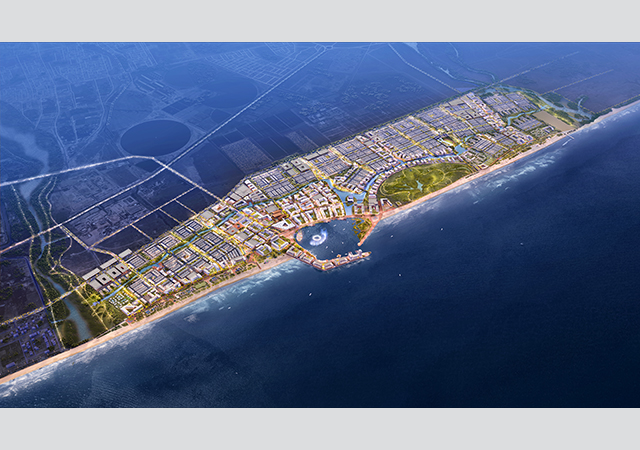


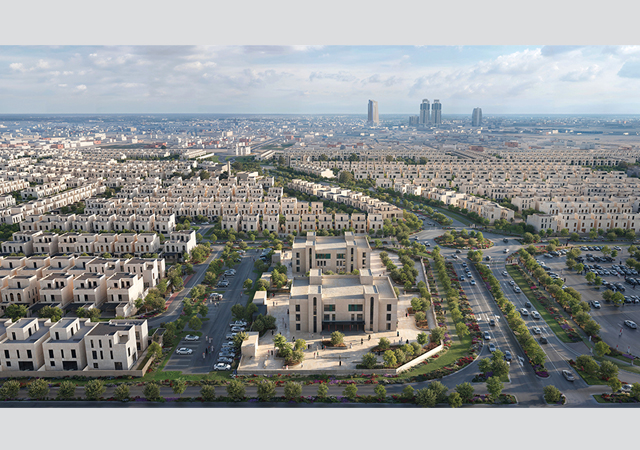
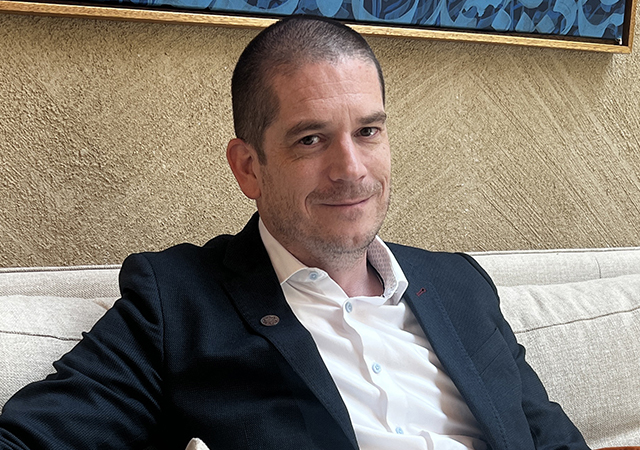

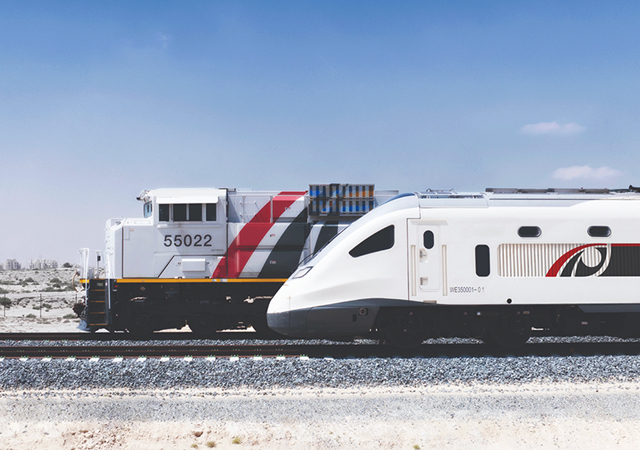
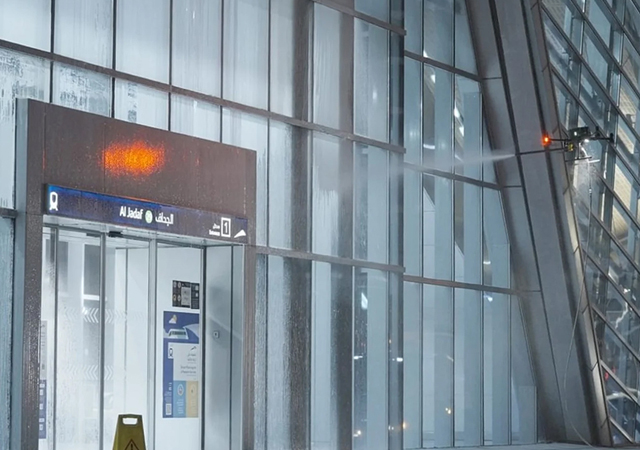
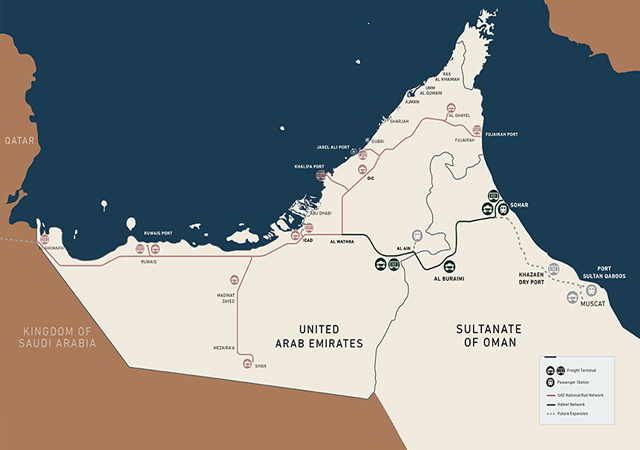
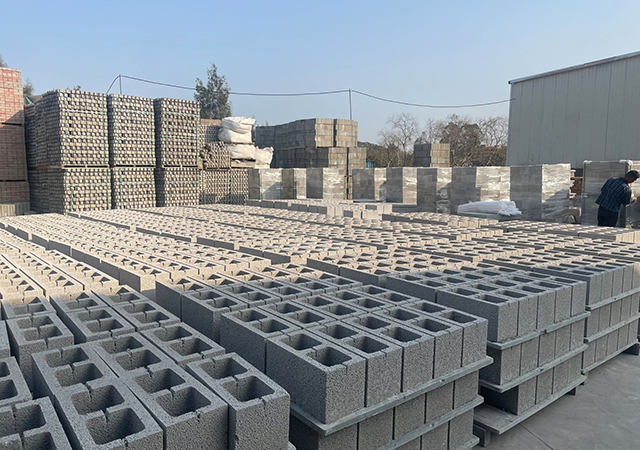


.jpg)
.jpg)
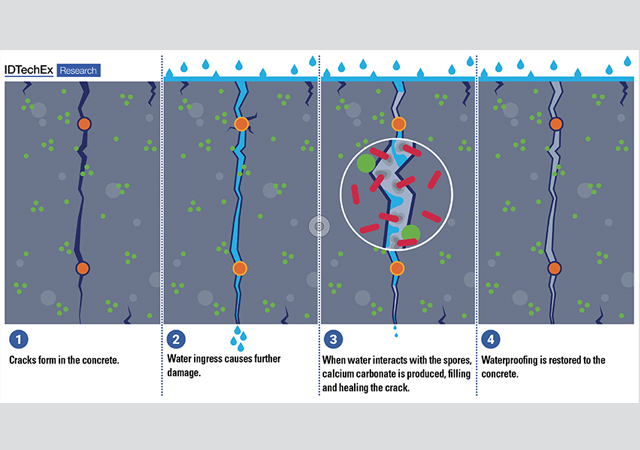
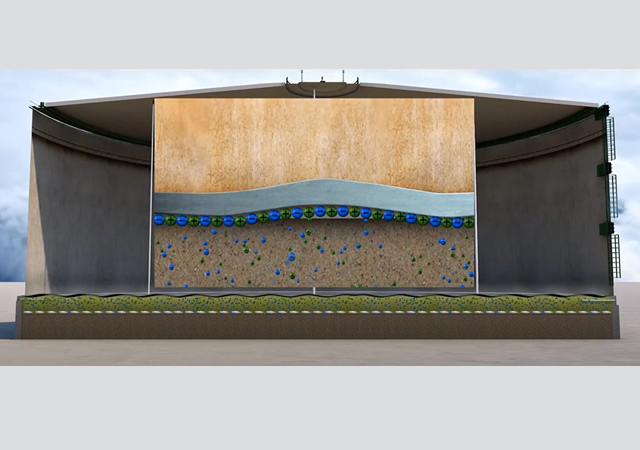
.jpg)
.jpg)
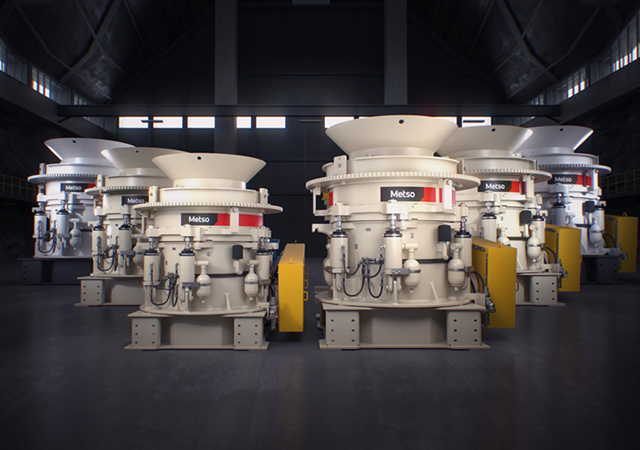
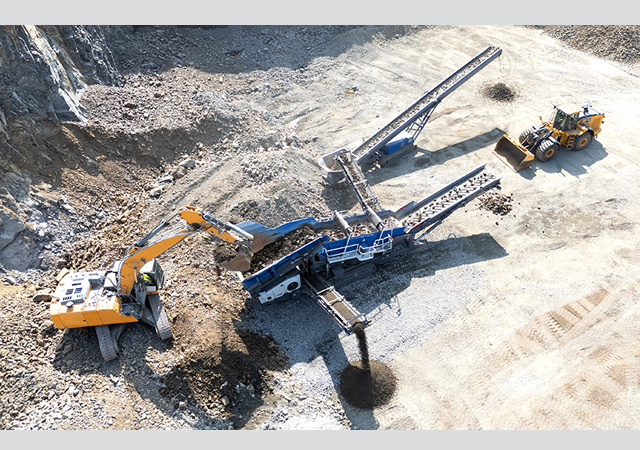
.jpg)
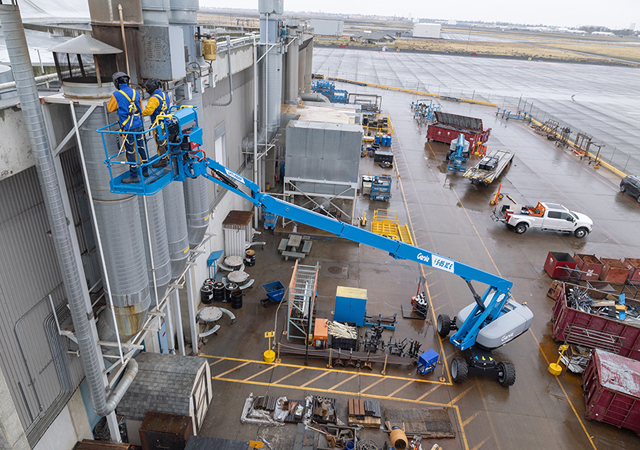

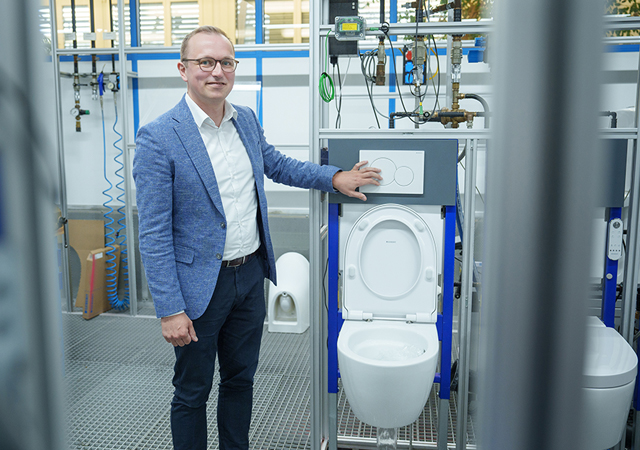

 Doka.jpg)



